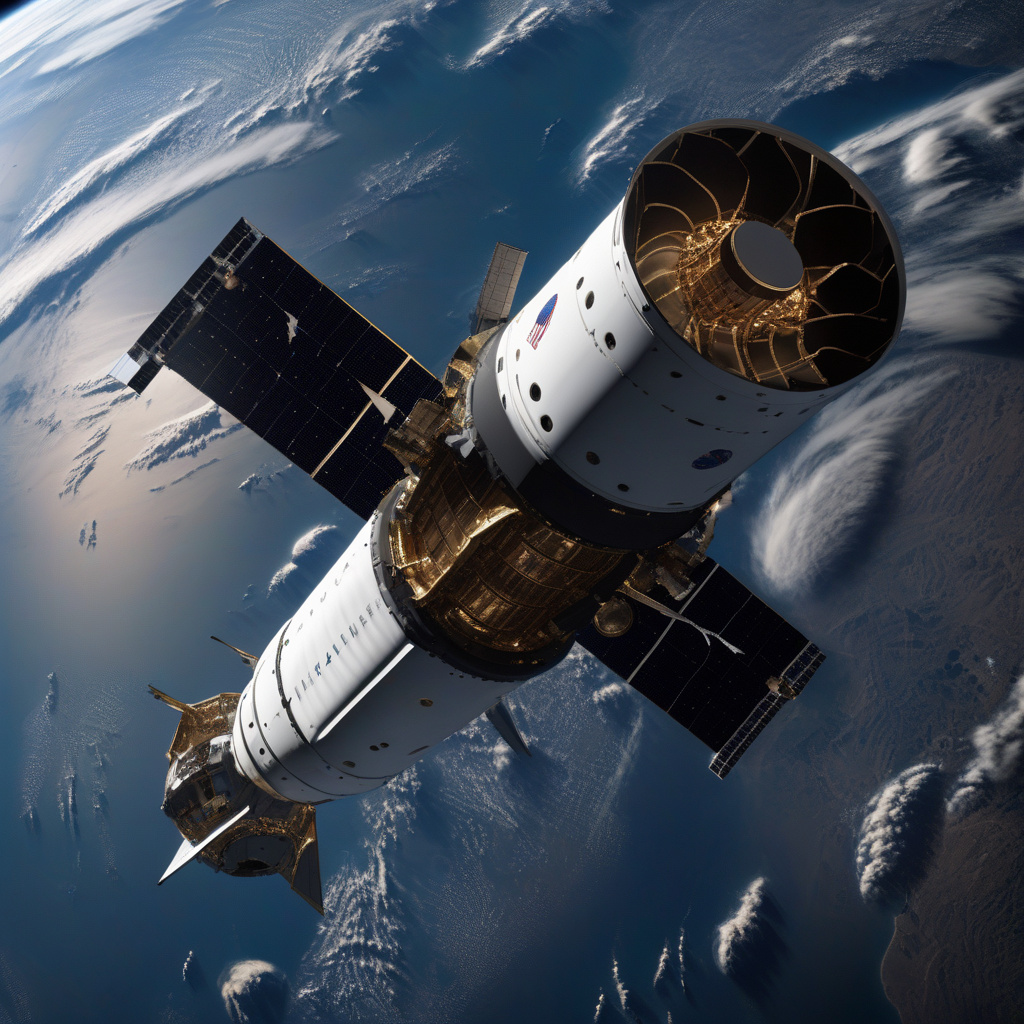Humans Orbit Earth Over North, South Poles for First Time with SpaceX Fram2 Mission
SpaceX made history on April 1 with its private Fram2 mission. For the first time, humans orbited the Earth over the North and South Poles, marking a significant milestone in space exploration. This groundbreaking achievement opens up new possibilities for scientific research, commercial space travel, and our understanding of the Earth’s poles.
The Fram2 mission, led by SpaceX and funded by a private consortium of investors, aimed to push the boundaries of space travel and exploration. The crew, consisting of experienced astronauts and scientists, embarked on a journey that took them over the Arctic and Antarctic regions, offering a unique perspective of our planet from space.
One of the key objectives of the Fram2 mission was to study the polar regions and their impact on global climate patterns. By orbiting over the North and South Poles, the crew was able to collect valuable data on ice coverage, temperature changes, and atmospheric conditions. This information will not only enhance our understanding of climate change but also help scientists develop more accurate models for predicting future trends.
In addition to its scientific goals, the Fram2 mission also had commercial implications. By demonstrating the feasibility of orbiting over the poles, SpaceX has opened up new opportunities for commercial space travel. Companies looking to offer space tourism experiences can now consider polar orbits as a unique selling point for their services. This could potentially attract a new wave of tourists eager to see the Earth from a different perspective.
Moreover, the success of the Fram2 mission highlights SpaceX’s dominance in the private space industry. With each successful mission, SpaceX solidifies its reputation as a leading provider of space transportation services. The company’s ability to innovate and execute complex missions like Fram2 sets it apart from its competitors and paves the way for future advancements in space exploration.
Looking ahead, the implications of the Fram2 mission are far-reaching. As technology continues to evolve, we can expect more ambitious missions that push the boundaries of what is possible in space. Whether it’s exploring new celestial bodies, conducting groundbreaking research, or enabling commercial space travel, the future of space exploration looks brighter than ever.
In conclusion, the SpaceX Fram2 mission represents a significant milestone in human space exploration. By orbiting the Earth over the North and South Poles, the crew has expanded our understanding of the planet and opened up new possibilities for the future. As we look to the stars, it is clear that the age of space exploration is only just beginning.
SpaceX, Fram2, Space Exploration, Polar Orbits, Climate Change












